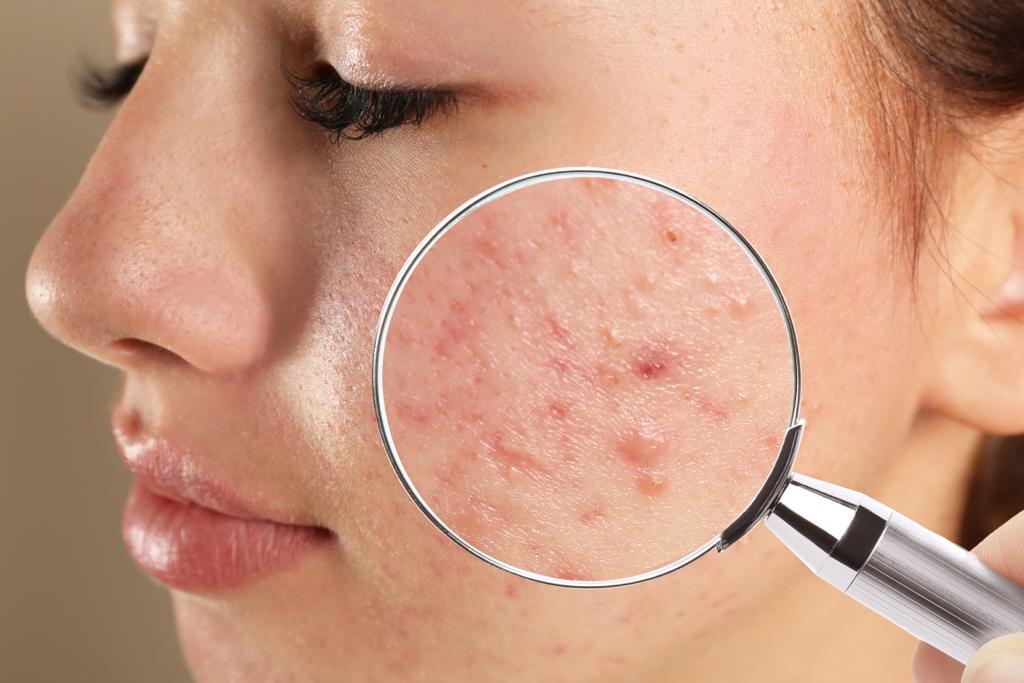Acne Treatment: An Overview
Acne is a skin condition caused by inflammation of the sebaceous glands. It can occur on the face, back, chest, and other parts of the body. Acne is a common problem, especially in teenagers and young adults, but it can also occur later in life.
There are several types of acne, including comedones, pimples, papules, and cysts. Acne treatment can vary depending on the type of acne and the severity of the condition.
Skin cleansing: Proper skin cleansing is essential in the treatment of acne. It removes excess sebum, dirt and dead skin cells that can cause or aggravate acne. It is important to gently cleanse the skin to avoid irritating the skin.
Topical treatment: Topical treatments are creams or gels that are applied directly to the skin. They often contain benzoyl peroxide, salicylic acid, or retinoids, which help reduce inflammation and kill acne-causing bacteria.
Oral medications: In some cases, the dermatologist may prescribe antibiotics or other medications to treat acne. Oral medications can help reduce inflammation and kill bacteria. However, this type of treatment is not suitable for everyone and can have side effects.
Professional treatment: There are several professional treatments that can help reduce acne, such as chemical peels, microdermabrasion, and laser treatments. These treatments are usually performed by a dermatologist or skin therapist.
It is important to remember that acne cannot be cured overnight and treatment requires patience and consistency. It is also important to avoid drying or irritating the skin from harsh cleansers or overusing topical treatments.

